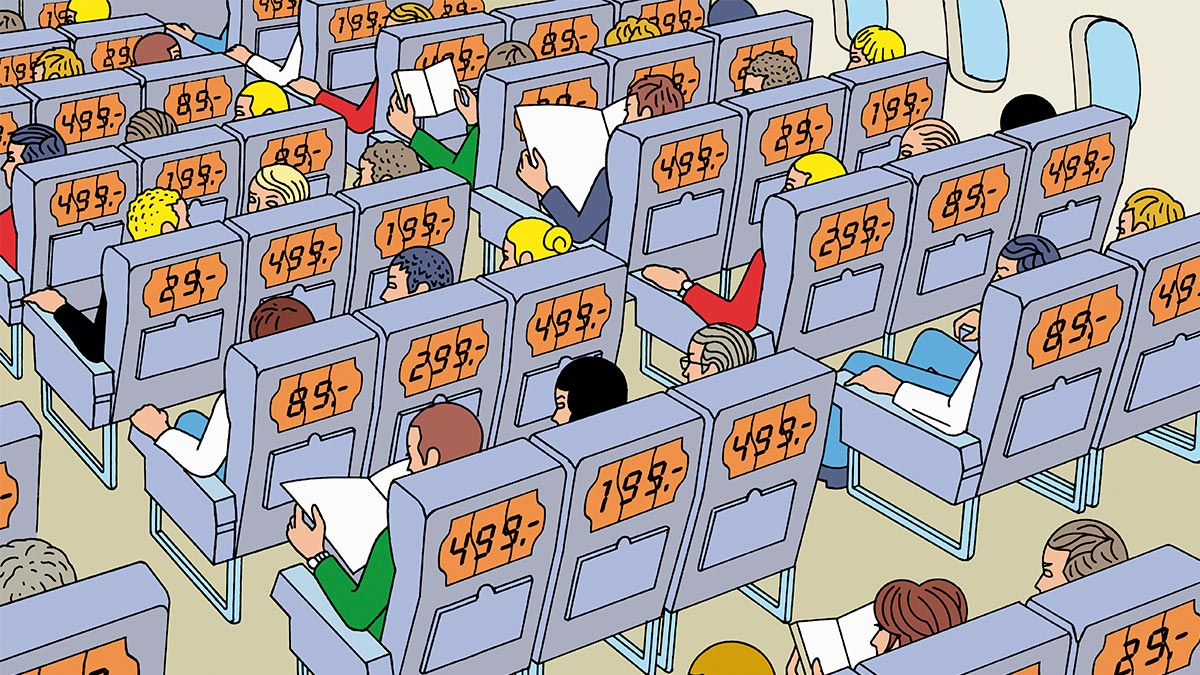Should we sing “Streaming killed the rock star”?

The facto standard for the performers remuneration in the digital context is based on the Common Law model and so, on the contractual agreements between labels and individual performers. Data suggest that following that path the future looks dark for the musicians. I suggest to analyze the Continental model and how the intervention of the CMOs can improve the performers remuneration.
The Buggles sang in the 80s “Video killed the radio star” but maybe we should start today updating the hit as “Streaming killed the rock star”.
Traditionally, revenue for musicians has depended on their label contracts according to sales of physical copies of their work or through the Collective Management Organizations (CMOs) from the collected royalties for Intellectual Property Rights (IPRs) which mainly derives from the sale of copies and broadcasting on radio and television.
However, the 21st century has unsurprisingly brought great changes to the music business and so, as broadband connections became widespread, music began to be distributed over different networks. Physical copies, which were the main source of income in the old-world music business, have plummeted and this drastic fall in revenue has forced the labels to reassess their business models to gain efficiency through a concentration process that has reinforced the oligopoly at a global level. Currently, the three most important labels cover between 70 - 80% of the global income in music industry.
These changes have not only affected the industry structure, but the product too and like many other markets, digitization has meant the transition from owner to usership. Users consume “Music as a Service” through streaming services and that has contributed to the appearance of new players on the music scene: the Digital Service Providers (DSP), which are native digital companies such as Spotify, Apple, Amazon or YouTube that, although have different business models, they share a common trait: the intensive use of data necessary for the optimization of the service. It is through these means that music revenues have recovered (since 2015, according to IFPI data, digital music revenues exceeded those derived from physical sales in a proportion of 45 and 39%) and a new oligopoly of DSPs has been born on a worldwide scale. Currently, the challenge the big labels have to deal with, is the major digital platforms that hold all the data on music consumption and who use that data to influence and manipulate music demand through effective recommendation mechanisms.
So between these two trenches of corporate giants, where are the musicians?
Quite simply, if in the world of physical copies the artists had little bargaining power, nothing has changed in the new digital era for negotiating with the big recording companies and the new DSP global oligopolies.
In fact, performers are the last element in the payment chain: only after the labels and DSPs have negotiated their contracts, the performers receive the payments from the labels. This means that if you are not a rock star, your revenue is minimal. In 2014 Mulligan termed the 'superstar economy' when he pointed out that the top 1% of performers earn 77 % of the income. And according to the survey run in 2020 by the UK-based #BrokenRecord campaign of 5,800 artists in Europe, 90% of performers indicated that the streaming market has given them no meaningful return in income.
We have got to a critical moment as this situation is not sustainable, not only because it’s a question of fairness, but also because it threatens the very survival of the industry. If artists do not receive adequate compensation for their work they will simply stop creating and consequently, the roster of performers will become even more concentrated and the variety, innovation and creativity available to music consumers will be limited.
This gloomy prognosis is what has encouraged the British and French authorities to make in-depth reports on the impact and consequences of the current streaming business model in music.
In light of this, I suggest an analysis of some of the Continental model features as they could be an interesting alternative which lead to a necessary, more balanced playing field rather than continuing blindly down the dark path with just the de facto generalization of the Common Law model of IPRs (contractual agreements prevailing and absence of CMOs). The presence of CMOs in the Continental model allow them to levy the tariffs set for the performers IPRs (in fact the collective management of certain IPRs is mandatory in some European countries) and through this, performers would receive an additional remuneration from the direct negotiation of the CMOs with the DSPs, thus increasing the income received.
In short, the presence of the CMOs could enhance the bargaining power of the performers thereby increasing the chances of survival of innovation in music and allowing us to sing beautifully again “What a wonderful world”.
| This guest blog was written by Maite Arcos for the IGIR and METRO Faculty of Law Maastricht #COMIPinDigiMarkts2022 project - More blogs on Law Blogs Maastricht |

This guest blog is part of the project #COMIPinDigiMarkts2022. These blogs have been specially prepared by participating internal and external project members and focus on competition law and IP law, with particular reference to the digital markets.
Other blogs:
Also read
-
In its fining decision of 14 September 2021 regarding Samsung, the Netherlands Authority for Consumers and Markets (ACM) imposed a fine of over EUR 39 mln on Samsung Electronics Benelux B.V. (Samsung) (the Decision). According to ACM, Samsung coordinated the retail prices of Samsung television sets...
-
Digital platforms are one of the key developments in facilitating industry 4.0 and are at the center of the multifold benefits the consumers derived through this. An important feature of the digital platforms is the presence of high sunk costs and low marginal costs (UNCTAD, 2019). This occurs since...
-
Digitalization has gradually changed business models and reshaped human lifestyles. The rise of business models based on the collection and processing of consumer data allows undertakings to charge business customers and final consumers different prices for the same goods or services, offered at...


